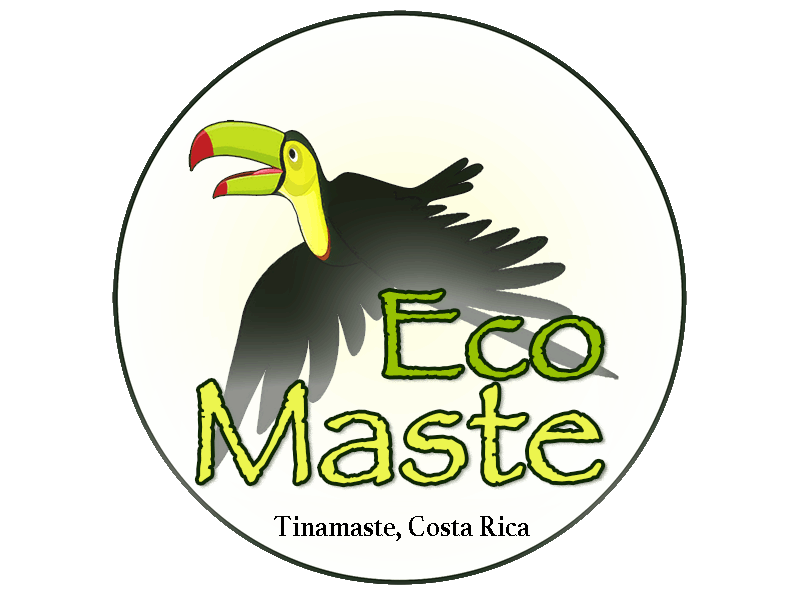Holy Basil Plant Profile
- Amanda Luna
- May 20, 2023
- 3 min read
Holy Basil Tulsi Plant Profile
Latin name: Ocimum gratissimum – Family: Lamiaceae, (Other variety – Ocimum sanctum syn. Ocimum tenuiflorum )
Holy Basil has been used for thousands of years to support overall health and well being. Originally from India it is revered as the herb sacred to the goddess Lakshmi, wife of Vishnu, the god who preserves life. Ayurveda is an ancient and multidimensional system of healing originating from India that has been around for over 3000 years. In this system Tulsi is considered as a very powerful and sacred plant, giving this amazing basil a long lineage of healing and supporting many generations of vitality! Tulsi translates to "matchless" its rich history shows this herb lives up to its name.
There are 60 different species within the Ocimum genus all are related to the common culinary sweet basil (Ocimum basilicum). Within the Ocimum genus there are two species of holy basil, O. sanctum and O. gratissimum. The medicinal qualities of the two species are relatively similar and taste are slightly different but in general sweet and pungent.
At EcoMaste Ocimum gratissimum, or Vana Tulsi, thriving year round. We use fresh aerial parts of the plant regularly in tea. Tulsi is multifaceted and you can take it internally and topically.

Holy basil similar to culinary basil is slightly warming and pungent. It's a carminative, meaning it supports digestion and eases bloating, nausea and gas. Research has shown that the leaves and flowers soothe general pain due to the constituent eugenol. Tulsi can be used both topically and internally to treat infections because of its antimicrobial effect which fights against viruses and bacteria. It is also known as a cardiovascular tonic supporting circulation and regulating cholesterol levels. The other healing qualities its known for are diabetic remedy, respiratory problems and juice can be applied to insect stings. On the psycho-spiritual side it is known to be a heart opener and used to ease heart-ache, depression, and grief.
Today we hear alot about adaptogens and essentially they are herbs that have a non-specific action but help our bodies self-regulate in response to stress and maintain our overall homeostasis and vitality.
When you begin taking an herb its always good to do your homework some plants have side effects. For example; Tulsi does have some contraindications:
**Be aware this herb can be blood-thinning and should not be taken with blood-thinning pharmaceuticals. Holy basil has also shown success in decreasing blood glucose, which should be noted for those taking insulin to control diabetes. Some sources site tulsi as contraindicated during pregnancy. As always be mindful and diligent and please consult your healthcare practitioner before working with tulsi if you have any of the above medical conditions.**
One of our favorite ways to start the day is with:
Tulsi VitalTEA Recipe
Fresh herbs:
1 part Tulsi Vana
1 part Tulsi Rama
1 part Tulsi Amrita
1 part Thai Basil
1 part Juanilama
Dried herbs:
Juanilama

Make it a ritual and set an intention for your day and give gratitude to all the herbs you used to make your VitalTEA.
Bring water to a boil and add herbs.
Once herbs are boiling turn the heat off. Cover with a lid and let them steep to 15-20 mins. Enjoy the healing benefits and delicious flavors
To learn more about herbs stay tuned and Join Amanda Luna on her
Guide Tropical Medicinal Plant Walks Monday- Friday by appt.

Resources:
Maggie. Holy Basil June 2019 Plant of the Month – Tulsi – Retrieved May 21, 2023 from, https://www.holisticlivingschool.org/2019/05/28/june-plant-of-the-month-tulsi/
Chevalier, Andrew. The Encyclopedia of Medicinal Plants. Holy Basil-1996, pg 114 .
If you enjoyed this article be sure to opt into our email list. Scroll to the bottom of our homepage to subscribe!








Comments